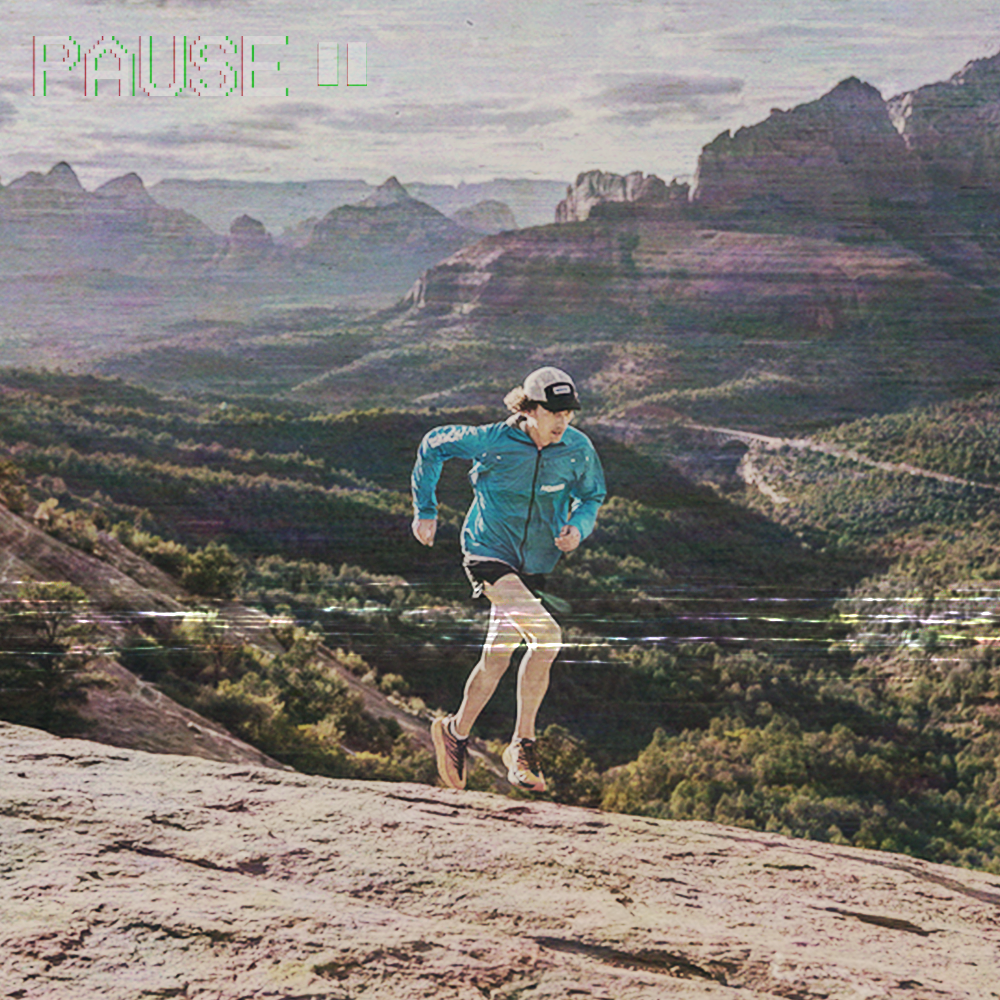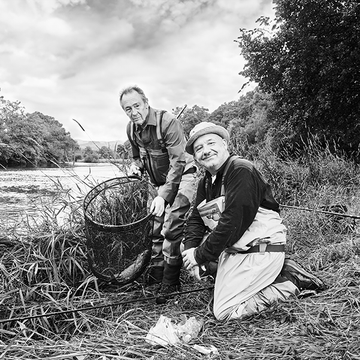A year after graduating from the Air Force Academy, where he was a standout track and cross-country runner, Jim Walmsley picked up a hiking book. It was 2013, and he was living in Great Falls, Montana, within striking distance of Glacier National Park and Helena National Forest. “I’d figure out routes that ended at a lake, a mountaintop, or a waterfall and would run the routes like a scavenger hunt,” he says. “I didn’t know trail running was a sport at that time, but I liked the sense of adventure.”
Fast-forward seven years and the 30-year-old holds records for many top trail events, including the Western States 100-Mile Endurance Run (14 hours, 9 minutes, 28 seconds) and the 42-mile Grand Canyon Rim-to-Rim-to-Rim trail (5 hours, 55 minutes, 20 seconds). He even cranks out insanely fast miles on road, finishing 22nd at the Olympic Marathon Trials in February with a 2:15:05 in his debut (5:10 per mile).
Chances are you’re no Walmsley, but like him, you might have a sense of adventure and find that trail running scratches that itch.
Walmsley's Tips for Trail Running
Forget about pace
Walmsley’s advice for trail-running newbies is simple. “Pick places you want to go, that inspire you to get out the door,” he says. Even if it’s a ribbon of dirt around the park, or up to the top of the local hill you’d normally only hike. Set realistic expectations: Your per-mile time on a trail won’t equal what you run on road. That’s fine; you’re still making massive fitness gains.
But find challenging terrain
“Make a purposeful attempt to get on trails that challenge you,” says Walmsley. That can mean super-rocky terrain that forces you to work on foot placement while strengthening your core muscles, or hilly terrain that taxes your cardiovascular system. Or eventually both, as you gain confidence. It’s okay to power-hike on ascents. Run descents carefully and deliberately, but avoid tensing up.
Avoid face-planting (too often)
“Know that even the best trail runners in the world fall,” says Walmsley. “We get caught off guard by sniper rocks. It happens.” Scan a few yards down the trail for upcoming obstacles, but also glance down directly in front of you to target your foot strikes. Use your arms more as a counterbalance, especially when descending.
Use trails as portals to adventure
When choosing routes, decide what you’re craving:
Tranquility? Run a trail to a lake or next to a river.
Quiet? Choose a route in dense woods.
Achievement? Run to the top of something.
A reboot? Choose a rocky, rooty, or twisty trail that forces you to be present and think about your footing instead of your work/relationship/money/etc.
Never be bored while running again
While you run, try ticking these items off a mental checklist (and feel free to create your own list based on your local surroundings):
- Spot a four-legged animal
- Hear a bird chirping (and put words to its chirp)
- Smell a flower (or pine needle; aaah, nature)
- Spot a tree that looks like a human
- Spot a human that looks like a tree (a shirtless, bearded man will do)
Get some good gear, especially trail shoes
Traction in the form of multidirectional rubber lugs on your soles can keep you upright on gravel, wet grass, and slippery rocks.













